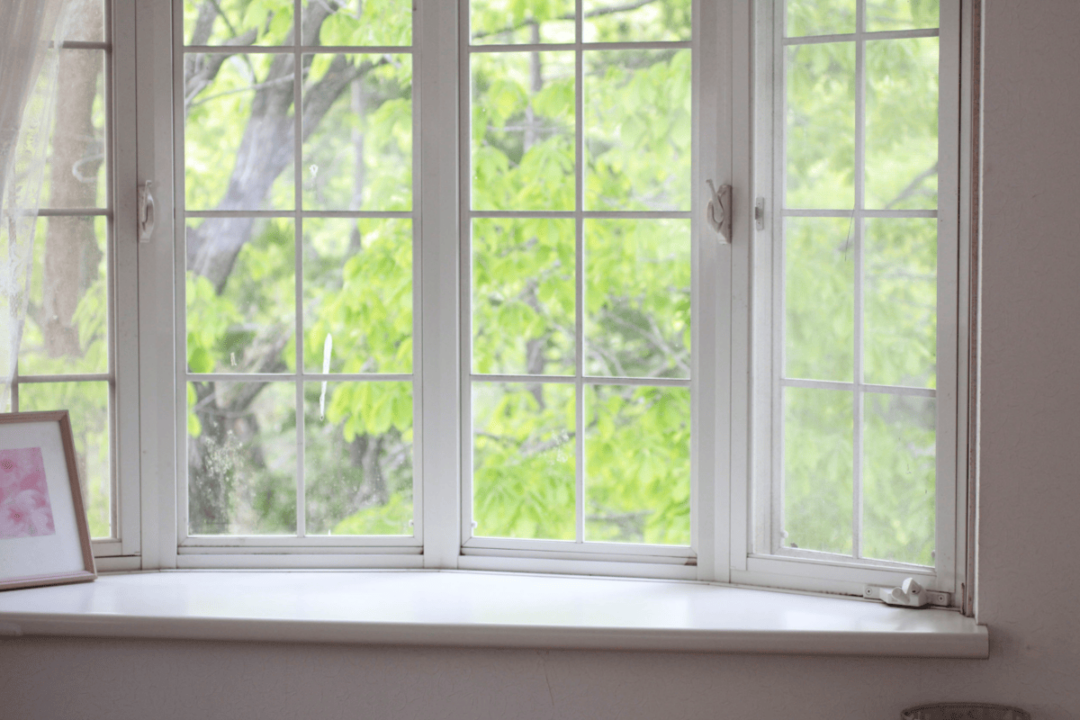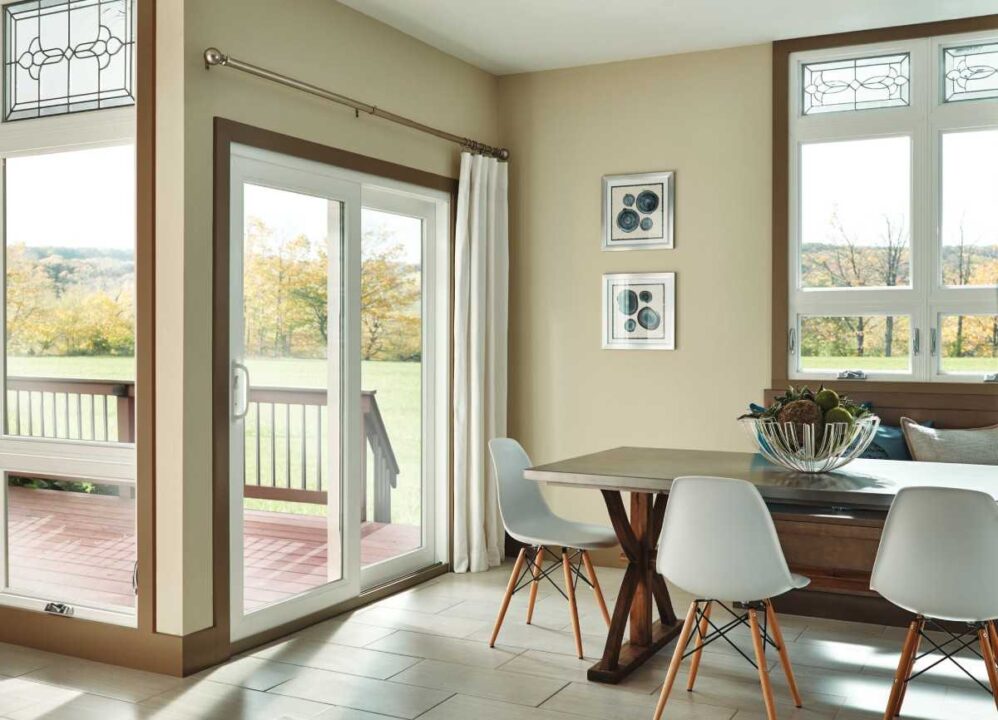The type of windows you choose impacts your home’s insulation, durability, and overall maintenance. Regular windows are built into the structure, often featuring double or triple glazing for better energy efficiency. In contrast, storm windows are secondary panels mounted over existing windows to provide extra protection against weather.
So, which option is best for your home? Let’s compare their key differences to help you decide.
What are Regular Windows?
Regular windows, also known as primary or standard windows, are a core part of any building’s structure. Today, most municipalities require at least double-glazed glass windows to meet modern building codes, particularly for energy efficiency and insulation purposes. Double-glazing simply means two panes of glass with an insulating space between them, which improves energy efficiency by reducing heat transfer.
Key Benefits of Regular Windows
- Energy Efficiency: Thanks to double or even triple glazing, regular windows help regulate indoor temperature, cutting down on heating and cooling costs.
- Ease of Maintenance: Regular windows are built with functionality in mind, allowing for straightforward cleaning and upkeep.
- Availability and Versatility: Most window providers today primarily focus on offering regular windows due to building codes and customer demand for energy-efficient products.
What is a Storm Window?
Storm windows were common in older homes before modern, energy-efficient windows became widely available. These windows were essentially secondary panels, made typically from glass or plastic, which were mounted on the outside of existing windows. The main idea was to protect the original window from direct exposure to wind, rain, and snow, extending its life.
Types of Storm Windows
- Exterior Storm Windows: Installed outside the existing window frame, they offer a physical barrier against harsh weather.
- Interior Storm Windows: Less common, these attach inside, adding another layer of protection without the outside maintenance.
While storm windows add a layer of protection, they don’t offer much in the way of energy efficiency or modern conveniences.
Misconceptions About Storm Windows
A popular belief was that by adding a storm window, you were also increasing your window’s energy efficiency. Many assumed that having that additional layer would stop hot and cold air from permeating through. However, this wasn’t the case.
Why Storm Windows Don’t Improve Efficiency
- Glass and Metal Conduct Heat: Glass is naturally conductive, meaning it allows heat transfer. Storm windows typically used single-pane glass, which didn’t significantly improve insulation.
- Metal Frames Increase Heat Loss: Often made with metal frames, storm windows allowed even more heat transfer. Metal conducts heat exceptionally well, meaning these frames actually allowed temperature fluctuations rather than preventing them.
The Drawbacks of Storm Windows
Though storm windows had some advantages in earlier times, they came with several inconveniences:
- Challenging Maintenance: Cleaning storm windows was no easy task. Often, you would have to remove the entire storm window to clean both it and the original window beneath it. Switching between a storm pane and a screen in warm weather added even more hassle.
- Limited Durability and Efficiency: Unlike modern windows, storm windows weren’t designed to be energy-efficient or long-lasting, serving primarily as a physical shield against weather elements.
Do You Still Need Storm Windows Today?
While some people still consider storm windows for added protection, their use has declined significantly. Due to the advancements in regular windows, storm windows are rarely needed for new installations. Modern double-glazed or triple-glazed windows not only meet current building codes but also provide effective insulation, reducing the need for extra protective barriers.
Regular Windows vs. Storm Windows: A Quick Comparison
To sum it all up, here’s a side-by-side look at the major differences between regular windows and storm windows:
1. Installation:
- Regular Windows: Installed as a permanent part of the building structure.
- Storm Windows: Added as an extra layer, typically mounted outside existing windows.
2. Efficiency:
- Regular Windows: Built for energy efficiency, especially with double or triple glazing.
- Storm Windows: Do not improve energy efficiency; act primarily as a weather shield.
3. Maintenance:
- Regular Windows: Easier to clean, with fewer parts to manage.
- Storm Windows: Require more effort, needing removal for cleaning and swapping out for screens seasonally.
4. Availability:
- Regular Windows: Readily available and increasingly energy-efficient, adhering to modern building codes.
- Storm Windows: Rarely offered today due to advances in window technology and building requirements.
In Summary
When deciding between regular windows and storm windows, modern regular windows provide the best balance of energy efficiency, durability, and low-maintenance convenience. With today’s advancements, regular windows meet the insulation and protection needs that storm windows once tried to address, making storm windows largely obsolete.
If you’re considering window upgrades or replacements, opting for high-quality regular windows is the ideal choice. For more information or to discuss what window solution would work best for your home, contact us today!



